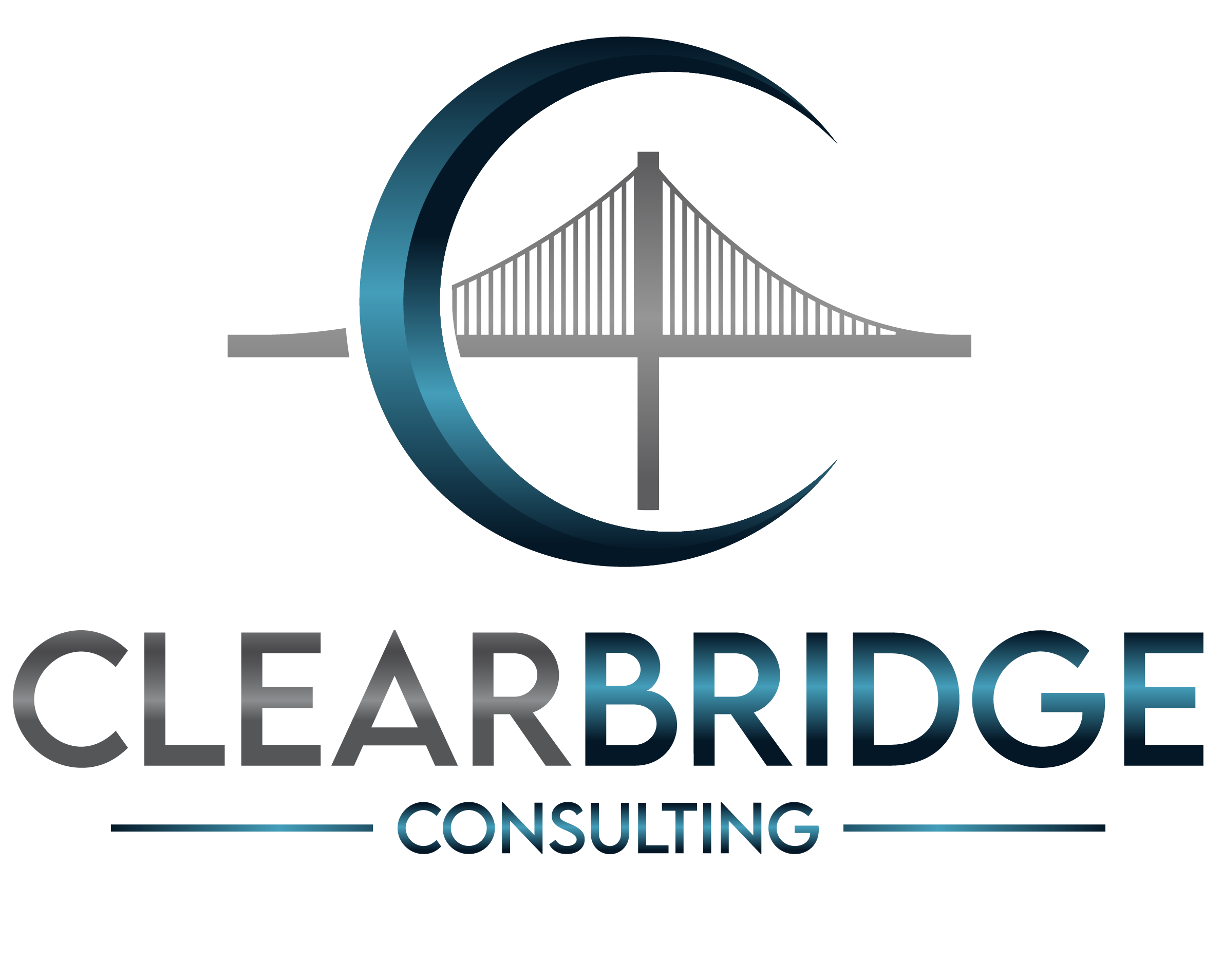Accountability is a word that gets tossed around often in business. The goal is to hold your team accountable, drive accountability. Today, many companies and operating systems use a modified version of the organizational chart called an Accountability Chart. The idea is not to portray the company as a chain of command but to show who holds accountability and ownership of a particular team or department. Gino Wickman first popularized this concept as part of his EOS/Traction system.
As leaders, we often set our own schedules, goals, workflows, and deadlines. When this is the case, we become our own line of accountability. This is why it is so important to acknowledge that accountability starts with yourself first.
When we talk about accountability in a business context, we usually think about it in terms of holding others accountable. We set expectations for our teams, monitor their progress, and ensure they meet their goals. However, true accountability begins with us. If we are not accountable to ourselves, how can we expect our teams to be accountable?
Self-accountability means setting clear, realistic goals for ourselves and consistently working towards them. It means being honest about our progress and our setbacks and taking responsibility for our actions. It also means recognizing when we need help or support and being proactive in seeking it out.
One of the key benefits of practicing self-accountability is that it sets a strong example for our teams. When they see us holding ourselves accountable, they are more likely to follow suit. They understand that accountability is not just a top-down directive but a shared responsibility that everyone in the organization must embrace.
Moreover, self-accountability fosters a culture of trust and transparency. When leaders are open about their own challenges and how they overcome them, it encourages team members to do the same. This openness can lead to more effective problem-solving, increased collaboration, and a stronger sense of community within the organization.
Implementing an Accountability Chart is a great way to visualize and clarify who holds responsibility for what in the organization. But it is also crucial to ensure that this tool is used to empower individuals rather than just tracking their performance. It should be a guide that helps everyone understand their role and how they contribute to the organization’s success.
To cultivate self-accountability, start by setting specific, measurable goals for yourself. Break these goals down into manageable tasks and set deadlines for each one. Regularly review your progress and adjust your plans as needed. Reflect on what is working and what is not and be honest about the areas where you need to improve.
In conclusion, while it is important to drive accountability within our teams, it is equally important to start with ourselves. Self-accountability is the foundation of effective leadership and a key driver of organizational success. By holding ourselves accountable, we set the standard for our teams and create a culture where everyone takes ownership of their responsibilities. Remember, accountability starts with you.






